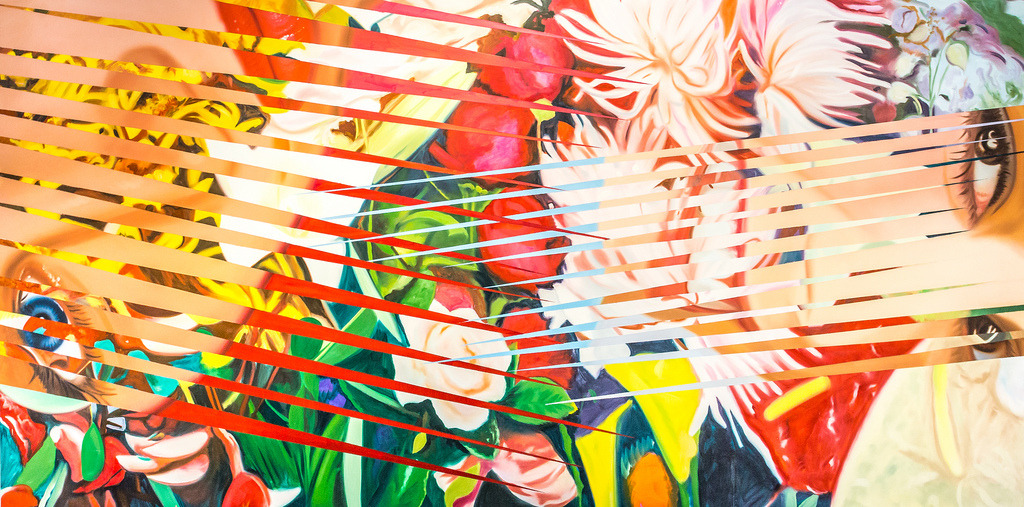Central panel of a mosaic floor with the head of Medusa, 1st - 2nd century CE. Baths of Diocletian, Rome.
Head of a Statue of the God Sobek Shedeti
Egypt, Middle Kingdom, ca. 1859-1802 B.C.
Limestone, 21 7/16 × 20 1/16 × 18 7/8 in.
Fragment of a Queen's Face, possibly Nefertiti
Egypt, New Kingdom, ca. 1390–1336 B.C.
Yellow jasper, h. 5 1/8 in.; w. 4 15/16 in.; d. 4 15/16 in.
Lead-Glazed Head Kantharo
1st century B.C., Terracotta
Likinnios, (Hellenistic, Greek, active 100 - 1 B.C.)
“Sculptural Group of a Seated Poet and Sirens,” Greek, 350–300 BC; terra cotta with ploychromy, also known as “Orpheus and the Sirens.”
J. Paul Getty Museum
The three figures were acquired by Getty himself in 1976.
Statue of a Victorious Youth, Greek, 300–100 B.C.
Bronze with inlaid copper
59 5/8 × 27 9/16 × 11 in., 142 lb.
The J. Paul Getty Museum, Villa Collection, Malibu, California
A naked youth stands with his weight on his right leg, crowning himself with a wreath, probably olive. The olive wreath was the prize for a victor in the Olympic Games and identifies this youth as a victorious athlete. The eyes of the figure were originally inlaid with colored stone or glass paste, and the nipples were inlaid with copper, creating naturalistic color contrasts. Found in the sea in international waters, this statue is one of the few life-size Greek bronzes to have survived; as such, it provides much information on the technology of ancient bronze casting.
Panathenaic Prize Amphora with Lid, 363–362 B.C.
35 1/4 in.
The Panathenaia, a state religious festival, honored Athena, the patron goddess of Athens. Held in its expanded form every four years, the festival included athletic, musical, and other competitions. Amphorae filled with oil pressed from olives from the sacred trees of Athena were given as prizes in the Panathenaic Games. These amphorae had a special form with narrow neck and foot and a standard fashion of decoration. One side showed Athena, the goddess of war, armed and striding forth between columns, and included the inscription "from the games at Athens." The other side showed the event for which the vase was a prize.
Ancient Roman Belt with Central Medallion (detail)
About A.D. 379–395
Gold, enamel, sapphire, emerald, garnet, and glass
Pre-Columbian COLIMA STANDING HAIRLESS DOG, Western Mexico, Late Pre-Classic Period, circa 300 B.C. - A.D. 300
14 ½" L., 7" W., 8 ¼" H.
ANCIENT EGYPTIAN BLUE FAIENCE WINGED SCARAB, Late Period, circa 664-30 B.C.
7 ½” wide (wingspan) x 2 7/8” high (body) x 4 1/8” high (with stand)

